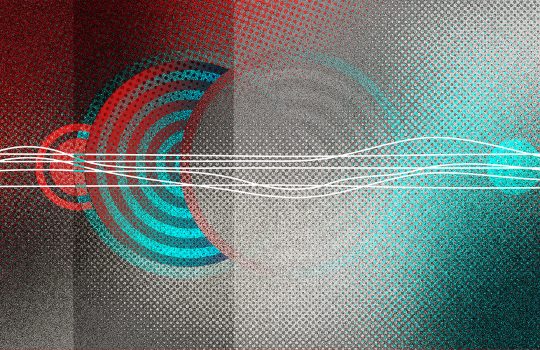Quantum computer set to unlock proton and neutron secrets for the first time
From Futura Sciences (France), November 16, 2021: Today a quantum computer built by IBM seems on the point of unraveling certain secrets of the protons and neutrons that make up our bodies and the stars. Read more about this development which includes the Don Lincoln video explaining quantum chromodynamics.

